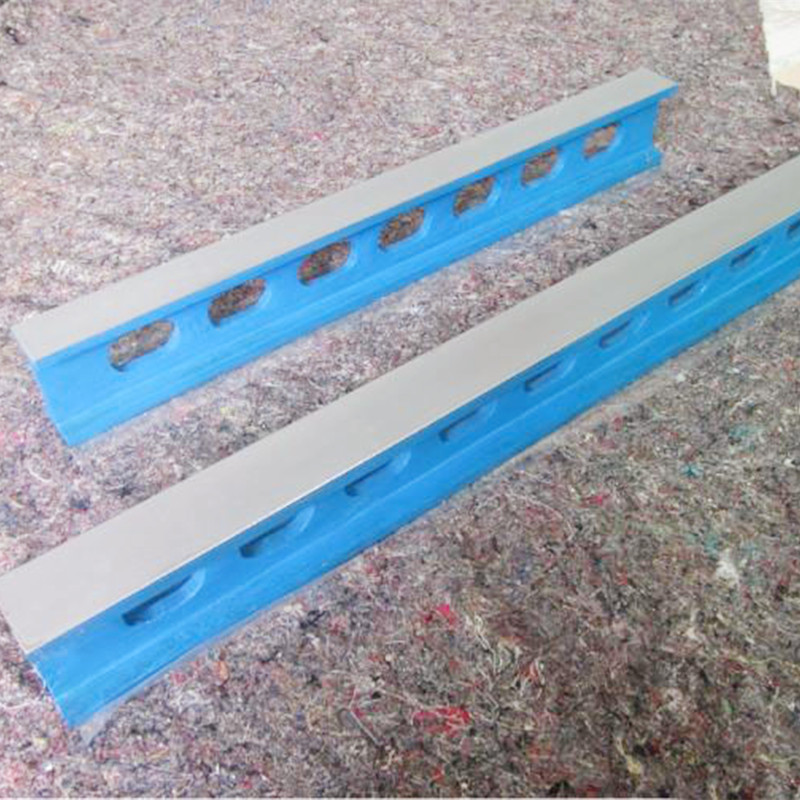nov. . 23, 2024 06:55 Back to list
6 inch stainless steel butterfly valve
Understanding the 6-Inch Stainless Steel Butterfly Valve A Comprehensive Guide
In industrial applications, valves play a crucial role in controlling the flow of fluids through pipelines. One particularly versatile type of valve is the butterfly valve, and among these, the 6-inch stainless steel butterfly valve has gained prominence. This article will explore its design, functionality, applications, benefits, and maintenance considerations, providing an overarching understanding of this important component.
What is a Butterfly Valve?
Butterfly valves are quarter-turn valves that control fluid flow using a rotating disc. The disc is mounted on a shaft and, when turned, it either allows or obstructs the flow. The design is simple yet effective, and these valves are known for their low-pressure drop and quick operation. Butterfly valves can be used in various applications, but the 6-inch size offers a balance of flexibility and capability for medium to large pipelines.
Design and Materials
The 6-inch stainless steel butterfly valve is designed for durability and corrosion resistance. Stainless steel is a popular choice due to its strength and resistance to oxidation, making it suitable for both industrial and commercial applications. The valve consists of several key components, including the body, disc, shaft, and seals, all of which can be configured according to specific needs.
The body of the valve usually features a flanged design, allowing for easy installation into existing pipeline systems. The disc, pivotal to the valve's function, can be manufactured in various shapes to optimize flow and reduce turbulence. Seals are often made from resilient materials like EPDM or PTFE, ensuring a tight shut-off and minimal leakage.
Functionality
The operational principle behind the butterfly valve is straightforward. When the valve handle is turned, the disc rotates either parallel or perpendicular to the flow direction. In the open position, fluid passes through the valve unimpeded, while in the closed position, the disc obstructs the flow. This simple mechanism offers several advantages, including
- Rapid Operation The quarter-turn operation allows for swift opening and closing, which is crucial in processes where quick adjustments are necessary. - Compact Design Compared to other valve types, butterfly valves require less space, making them ideal for installations with limited room. - Versatility Suitable for various media, including water, air, gas, and some corrosive chemicals, stainless steel valves are adaptable to numerous applications.
Applications
6 inch stainless steel butterfly valve

6-inch stainless steel butterfly valves are widely used across numerous industries. Their applications range from water supply systems and wastewater treatment plants to chemical processing and food and beverage production. They are particularly valuable in systems needing regular maintenance access, as the design simplifies both operation and repair.
In the oil and gas sector, they are employed for flow regulation, while in heating and cooling systems, they assist in managing fluid flow based on temperature requirements. Their capability to handle a variety of pressures further expands their usability across different settings.
Benefits of Stainless Steel Butterfly Valves
The selection of a stainless steel butterfly valve presents several advantages
1. Corrosion Resistance Stainless steel's natural resistance to rust and other forms of corrosion makes these valves ideal for harsh environments. 2. Longevity With appropriate maintenance, stainless steel butterfly valves offer enhanced durability compared to their counterparts made from less robust materials. 3. Efficiency The streamlined design leads to lower pressure drops and energy savings, especially beneficial in large-scale applications.
Maintenance Considerations
While stainless steel butterfly valves are known for their durability, regular maintenance is crucial to ensure their continued performance. Key maintenance practices include
- Inspection Regular visual inspections for leaks and wear help identify potential issues before they become severe. - Lubrication Proper lubrication of the shaft and seals can prevent sticking and wear, extending the valve's lifespan. - Cleaning Depending on the application, cleaning the valve—especially when dealing with corrosive materials—ensures optimal performance.
Conclusion
The 6-inch stainless steel butterfly valve is a reliable and versatile component in fluid control systems. Its design, durability, and effectiveness make it a preferred choice across various industries. Understanding its functionality, applications, benefits, and maintenance can help professionals make informed decisions regarding its use, ensuring operational efficiency and longevity in their systems. As industries continue to evolve, the importance of reliable components like the butterfly valve remains paramount in achieving optimal productivity and safety.
-
thread-plug-gauge-our-promise-of-measurement-excellenceNewsAug.22,2025
-
gauge-pin-class-reflecting-quality-legacyNewsAug.22,2025
-
check-valve-types-for-high-rise-buildingsNewsAug.22,2025
-
water-control-valve-for-irrigation-systemsNewsAug.22,2025
-
gate-valve-with-soft-seal-technologyNewsAug.22,2025
-
y-type-strainer-for-oil-and-gas-applicationsNewsAug.22,2025
Related PRODUCTS









